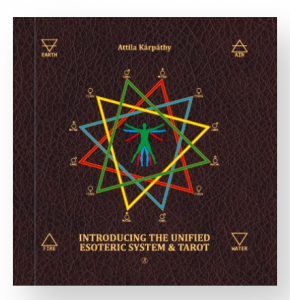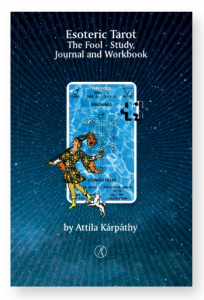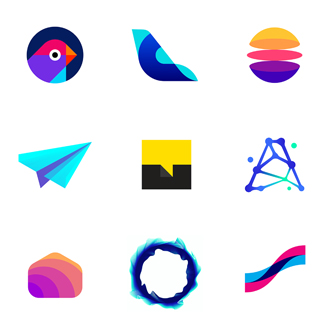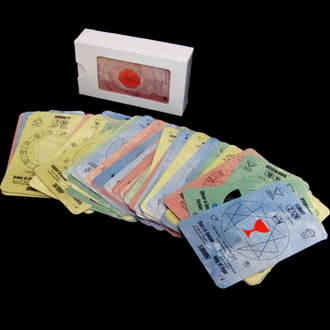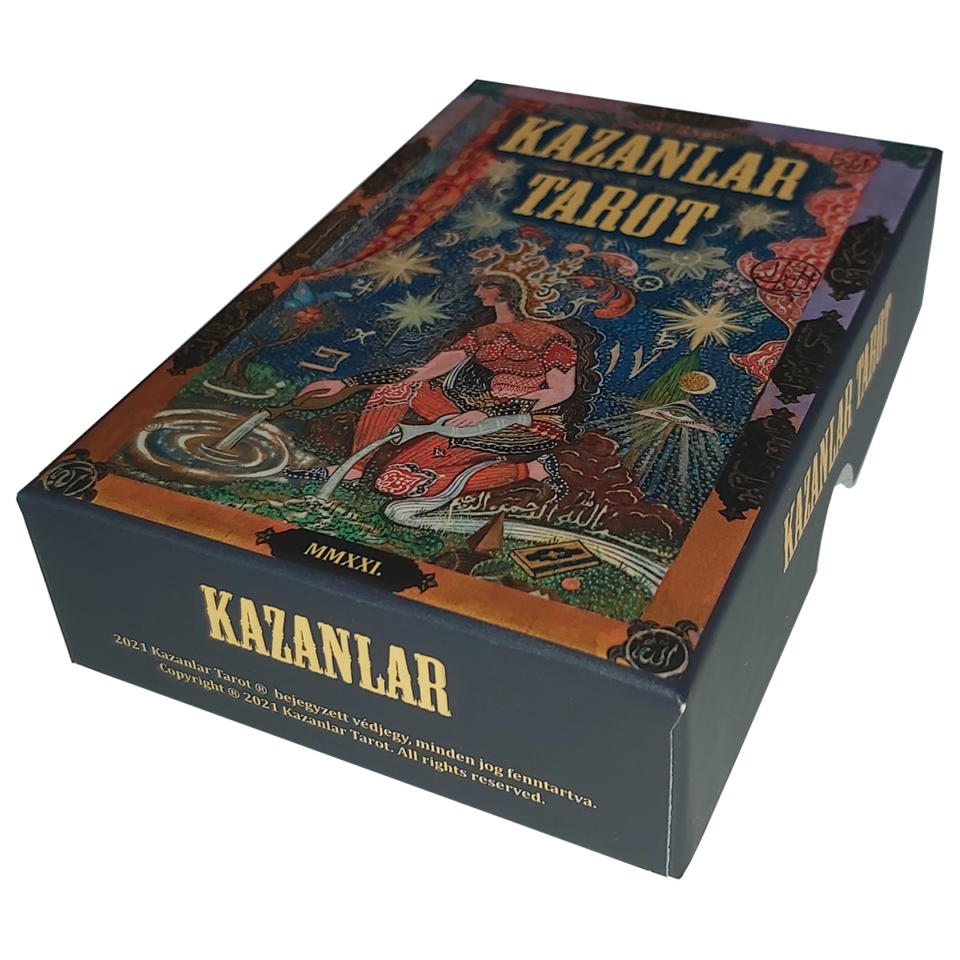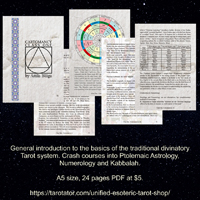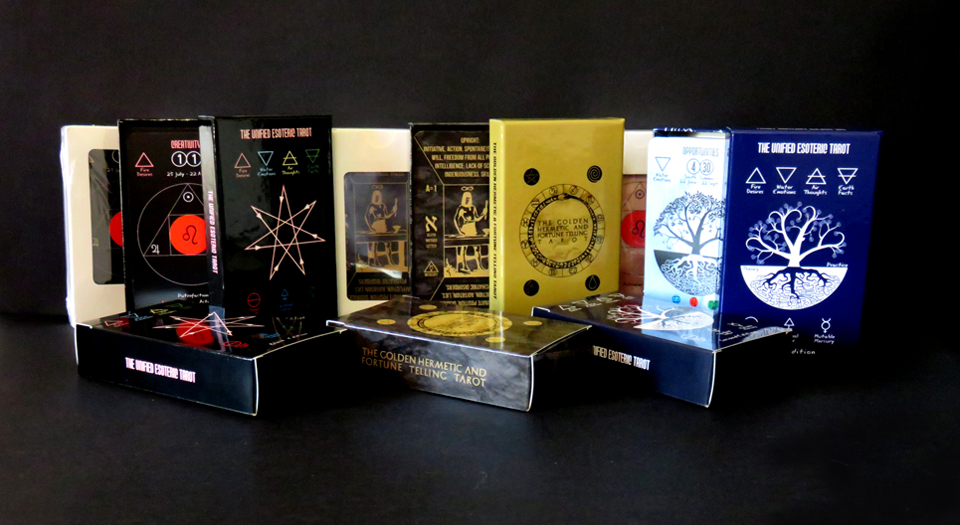
A couple of days ago I stumbled into an article written by Benebell Wen stressing the sensitive issue of self-publishing a Tarot deck. About Benebell Wen you should know that she is the author of the book “Holistic Tarot.” The article entitled “What Does it Cost to Self-Publish a Tarot Deck?” bring up exclusively the cost issues of this process. Starting on a kidding tone, Benebell Wen says that “I wanted to post this for the aspiring deck creators to crush your dreams.” Her cost calculations, on the other hand, are serious and accurate. Her write up is definitively useful, and anyone considering starting a self-publishing venture should check it out. However, I would have a couple of observations.
First of all, she starts from the assumption that someone has “a marketable product that can generate a healthy level of demand.”
Secondly, she operates with a quantity of 1,000 units.
To get to the “marketable product that can generate a healthy level of demand” is a quite long and bumpy road. It requires more than one skill; it is time-consuming, and also involves considerable expenses.
I will tell you my story in a nutshell because I think nothing compares to reality.
I have studied Tarot and esoteric sciences, Astrology, Numerology, Kabbalah, Alchemy, the Fourth Way, but also Astronomy, Psychology, Cosmology, Physics and Metaphysics among a couple of other things for almost three decades. Although I have a small collection of Tarot decks, most of all, I am a bookworm eager to learn. There is one thing I have learned: learning is an ongoing and neverending process. I have spent a not so small fortune buying books. And almost every week I buy at least one more book. In my opinion, the study is crucial, and someone cannot create a genuine, divinatory Tarot deck without a substantial knowledge basis.
However, from having an idea of a Tarot deck or a Tarot-like, Tarot inspired Oracle or fortune-telling deck of cards, to bring that idea to a print-ready phase, takes a lot of time, dedication, work and considerable investment in several graphic and text editing tools/software.
Someone must consider that she or he will have to do all the work alone. May ask somebody to help you out with a picture or two, but creating a deck of 78 cards is a quite large project, and without appropriate financial reward, it is very unlikely that someone will fully engage only hoping that at some point there will be some reward.
So, you will have to buy and learn to use a couple of quite expensive professional software such as Photoshop for image editing, and Illustrator or CorelDRAW for the so-called vector illustration and graphic design. Sure, in some cases you may find cheaper or even some free alternatives, but please keep in mind, you have to create a professional quality product, and sometimes it is simply not possible with most of the freeware.
I was lucky enough to have some basic artistic skills, and I have drawn and painted quite extensively for a couple of years. I had several personal exhibitions and sold paintings all over the world. Meanwhile, I worked as a graphic designer and art director in a few companies, including an advertising and publishing company, so, I had the chance to learn to use not only crayons and brushes but also professional text, photo and video editing software. The bottom line is, manually or digitally, I can create my own cards and artwork anytime and in any circumstances.
The so-called Little White Book is also important. Sure, you can easily compile the interpretation of the cards, and a few Tarot spreads from the internet, but this is not the point, isn’t it? Writing skills are also essential. I consider the content of the LWB fundamental for any deck of divinatory or fortune-telling cards.
Still, one will have to use performing editing software to have a professional, print-ready booklet, or you will have to pay someone to create it for you. Either way, it can be surprisingly expensive, and sometimes time-consuming.
Creating “only” a digital booklet is also a very complex task.
Working with InDesign, for instance, is quite challenging.
Let’s say that finally you have the Magick product and it is genuinely the best Tarot deck which was ever created. Unfortunately, no one knows you or heard about you and your product.
Promotion is extremely problematic.
First of all, the promotional materials must be highly professional because you will have to compete with professional competitors.
You will need professional photos, professional videos, professional press release articles and you will have to pay for being featured on influential sites. Reaching out and targeting the right audience is not that simple.
Sure, several dedicated companies are offering media-marketing services, but most of them are targeting a general audience and selling a Tarot deck to someone willing to buy gardening tools, or electronic gadgets might prove to be an impossible task.
Someone must have extraordinary social skills, an eternity of “free” time and godlike patience. Practically you will have to win each follower one by one. It is sensitive and tiring as the door to door marketing.
Before launching the crowdfunding for my first Tarot deck, I spent more than three months making friends in different Tarot groups. At the moment of the launch I had about 300 potential customers, and after one month of intense campaign, I only managed to gather 48 backers and achieved 47% of the goal. Being desperate, I even hired one of those famous media-marketing companies, and it proved to be nothing but more waste of money and source for more frustration. If you consider to hire one of these media-marketing companies, make sure at least, they are for real. Verify their own media platforms carefully, for instance, check how many likes, shares and comments has their Facebook posts, respectively how many retweets has their Twitter posts. They may tell you that they have 10,000 email subscribers, but generally, their emails go directly to the spam box.
Facebook seems to be by far the best place to promote yourself, your product and find interested people. However, the so-called self-promotion is forbidden in most of the larger Tarot groups, and generally, there is a quite unfriendly attitude when comes to indie cardmakers. It is not only my experience, but several fellow cardmakers have encountered difficulties, have been bullied and eventually banned and expelled from different groups. We supposed not to speak out loud, it is not considered “politically correct”, but statistically women and Americans have considerably better chances to succeed than any men from other parts of the world.
Not being a US resident has other considerable disadvantages. For instance, I have chosen to work with a world-famous Hong Kong-based company. They use edge-cutting technology, and use much as it is possible environment-friendly materials. They have prices both in US Dollar and EURO, but their US Dollar prices are significantly more advantageous. On the other hand, the vast majority of my customers are also Americans. As a consequence, it seemed logical to work with US Dollars. To have a US Dollar bank account with a credit card attached to that bank account in Europe, and especially in Romania is complicated and proved to be highly expensive.
Just one more observation regarding the larger Tarot Facebook groups. Some of these groups claim to have 10, 20 or 30 thousand members. However, at a closer look, you will notice that rarely one post has more than 100 likes, and generally speaking, active members are considerably few.
The only way to promote yourself and your product are through social media. You have to develop consistent followers base everywhere you can: Facebook, Tweeter, YouTube, Instagram, Tumblr, Behance, LinkedIn, Pinterest, and so on. Probably you should dedicate for each one of them one day per week. It is actually another full-time job. The problem is that you already have a full-time job and get another may just simply not be physically and mentally possible. Nobody is going to pay you back all these working hours, and all your effort might not get you
the results you may expect. For example, it is a common tactic to gain a large number of followers that someone starts following you, then you follow her or him back, but when you do that, she or he will unfollow you and move over to another account. With this trick, someone constantly gains followers and keep the number of followed accounts lower. It is a permanent battle, and sometimes it feels like no matter what you do, you will always lose.
You can post much as you want on your Facebook timeline, you should be conscious that only about 6 to 9 %, and generally the same 9 % will see what you are posting because of the algorithms and the default Facebook settings. Practically, you will have to contact and convince your possible customers individually. However, reaching out individually might put you just as well in trouble. When I sent out a private message to inform people about my recent work someone has replied to me:
“Attila, I have been excited to watch your progress and campaign. However, sending private emails asking for support I consider SPAM. I am aware of what and where I am able to spend my money. Please refrain from messaging me simply to ask me to help you sell your cards. Imo It’s rude.”
Brilliant! I only want to mention that this person never gave me one like, never left a comment, share any of my posts or get in touch with me in any other way. It is just a very shy, silent and discrete admire but with strong principles.
Eventually, you can only hope that if you convince someone to support your project or buy your product, that person will post pictures with the product and will recommend it to others as well. It is always much more exciting and efficient if someone shows something she or he bought than you presenting your own work. Presenting and promoting your own products somehow is considered invasive. Instead of supporting independent creators, people tend to be extremely suspicious and sometimes even aggressive.
People are strange. For example, I have my own website for a couple of years now. There are days when I have over 1,000 visitors, but generally two to six hundred visitors every day. Still, my site has only about 300 likes. I have over 700 Facebook friends, but only about 80 of them have liked my website. Keep that website up, means another bill to pay monthly.
If you consider buying a paid advertisement on Facebook, you have to know that once you have paid for a post to be promoted, your following post will be totally invisible and off the feed. It is possible that your audience will drop from that standard 9 % to zero and you will have to pay for any further post if you want to be seen by anybody again.
At this point, we should return to the cost calculations again. You cannot assume that you will sell 1,000 copies. It is too risky. My suggestion would be, to begin making your cost estimations based on the price of only 50 or 100 copies. Smaller quantity means higher prices, both in terms of costs and the final distribution price, but it is much safer and probably more realistic. If by some lucky alignment of the stars in the Universe you will manage to sell 1,000 copies directly through the crowdfunding operation, you will have a more significant margin of profit, but I assure you, you earned each penny. Usually, I start working at 6 or 7 AM, and I call it a day at 11 or 12 PM. Sometimes I start much earlier, and finish later. Seven days a week, 365 days a year. It is like rock and roll; you cannot stop and eventually, it will consume you.
You should also bear in mind, that we are talking about months and sometimes years of work, and truth to be told, at the end of each month, the incomes may not be enough to cover at least the bills and expenses.
In case that someone has to store a couple of hundred decks and sell them one by one during a longer period, it may prove to be quite inconvenient and after all unprofitable.
On the other hand, if the crowdfunding is successful and the profit is big enough, you can always show your appreciation and reward your backers by adding extra items as a gift to their basic package. The stretch goal campaign strategy, for instance, is a clever way to get people actively involved and reward them for their support and contribution adequately exactly from that extra margin of profit.
Another important aspect of the costs is that someone can print at very convenient prices in China. However, there may be serious risks and quality issues. When the prices are suspiciously low, generally they are to the detriment of the quality. Personally, I always considered that quality must prevail. Both, the quality of the card stock and printing is critical.
For my current project, I choose a quite expensive technology, but I think the result, the embossed elements and the real tactile feel of the cards definitively worth the higher production expenses.
I did the best I could to deliver a quality and unique product.
Yours truly,
Attila Blága
Please also read What Does it Cost to Self-Publish a Tarot Deck? by Benebell Wen.
The Golden Hermetic and Fortune Telling Tarot deck exclusively on IndieGoGo!
Can get your copy now: https://www.indiegogo.com/projects/the-golden-hermetic-and-fortune-telling-tarot-deck#/
The campaign runs between September 24 and November 4 2018. Estimated delivery December 2018.


